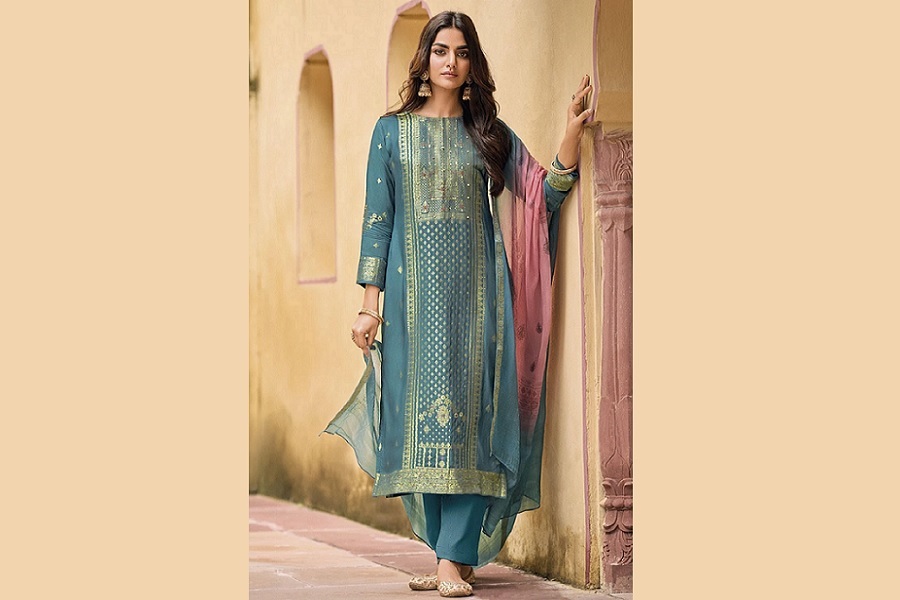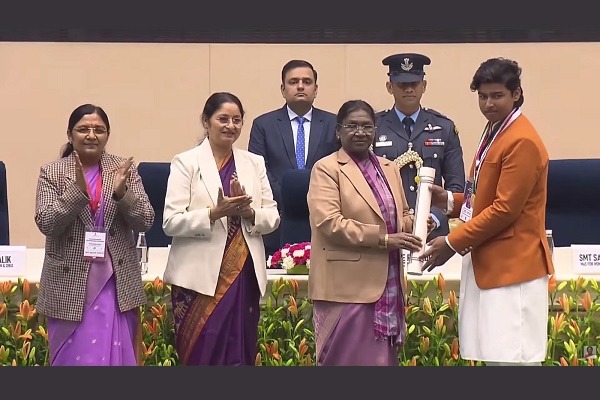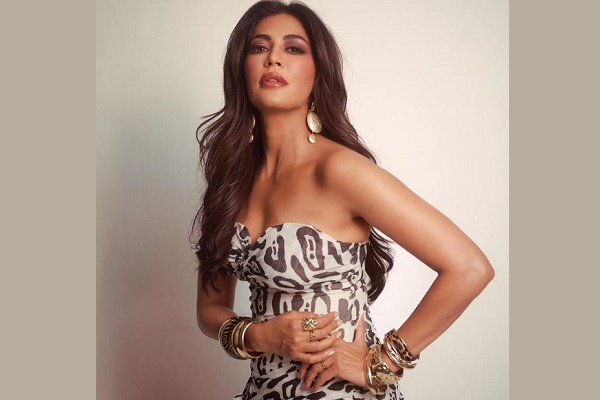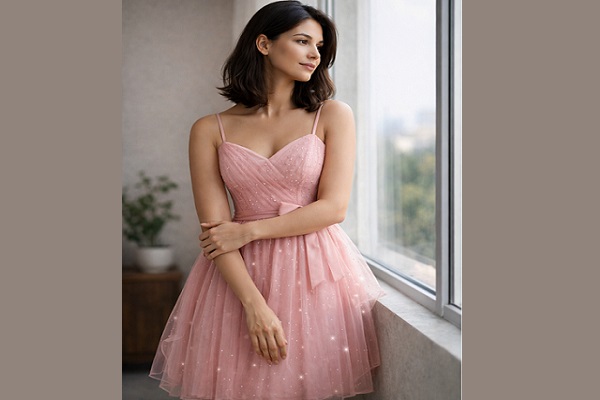``Timeless Elegance: The Beauty and Legacy of Traditional Fashion``

Introduction: Traditional fashion is more than just a reflection of the past; it is a living, breathing testament to a culture’s heritage, identity, and values. In a world where fast fashion and modern trends dominate, traditional fashion stands as a reminder of the intricate craftsmanship, rich history, and timeless elegance that have been passed down through generations. From handwoven fabrics to ancient embroidery techniques, traditional fashion encompasses a wide range of styles that reflect the diverse cultures, regions, and customs of the world.
In this article, we explore the beauty and legacy of traditional fashion, its cultural significance, and how it continues to influence contemporary style. We’ll also look at the key elements that make traditional clothing unique, including materials, designs, and the stories behind them.
The Importance of Traditional Fashion
Traditional fashion plays an essential role in preserving cultural heritage. It connects people to their roots, providing a sense of identity and belonging. In many cultures, traditional clothing is worn during significant events like weddings, festivals, and religious ceremonies, further reinforcing its importance in daily life and in celebrations.
Unlike modern, mass-produced garments, traditional fashion is often hand-crafted, with attention to detail and the use of locally sourced materials. This results in unique pieces that tell a story—whether it’s the intricate designs of Indian sarees, the bold prints of African textiles, or the delicate embroidery of European folk dresses.
Key Elements of Traditional Fashion
Materials: Traditional fashion often uses natural materials, such as cotton, silk, wool, and linen, which have been cultivated and processed using methods passed down through generations. In many regions, these materials are sourced locally, ensuring that the clothing is not only culturally significant but also sustainable. For instance, the use of organic cotton in India’s handloom sarees or the wool in Scotland’s iconic kilts speaks to the close relationship between people and their environment.
*Handmade Craftsmanship: One of the defining features of traditional fashion is its craftsmanship. Many traditional garments are handmade, requiring great skill and precision. Embroidery, weaving, and dyeing techniques are often passed down through families or communities, ensuring that each piece is a unique work of art. For example, the intricate zari embroidery of India’s bridal lehengas or the hand-woven fabrics of Japan’s kimono showcase the high level of expertise involved in creating traditional clothing.
*Designs and Patterns: Traditional garments often feature distinctive designs that are deeply tied to the culture, history, and geography of a particular region. Whether it’s the paisley motifs on Kashmiri shawls, the geometric patterns on African dashikis, or the floral prints on European folk dresses, these designs are symbolic, often representing nature, family, and cultural beliefs. The use of colors and patterns in traditional fashion is not only aesthetically pleasing but also carries deep meanings, often signifying wealth, status, or social role.
*Cultural Significance: Every piece of traditional clothing has a story. In many cultures, specific garments are worn only on particular occasions or at certain stages of life, such as weddings, rites of passage, or religious ceremonies. For example, the Japanese kimono is a symbol of cultural pride and is traditionally worn at formal events, while the Indian saree is a symbol of grace and femininity, often worn at weddings and festivals.
Traditional Fashion Around the World
*India: Known for its vibrant and diverse fashion, India’s traditional clothing varies across regions. The saree, lehenga, and salwar kameez are some of the most iconic traditional outfits. Each region has its own distinct textile art, such as the handwoven silk of Varanasi, the block-printed fabrics of Rajasthan, and the cotton sarees from Bengal.
*Africa: African traditional fashion is characterized by bright colors, bold prints, and intricate beadwork. The Ankara fabric, with its geometric patterns and vibrant hues, is one of the most well-known textiles. Traditional garments like the Nigerian agbada or the South African dashiki celebrate both culture and community.
*Japan: The kimono is perhaps Japan’s most recognized traditional garment. Known for its elaborate designs, the kimono is worn for ceremonies and festivals. It is made from silk and adorned with intricate patterns, often reflecting the changing seasons or significant events in Japanese history.
*Scotland: The Scottish kilt is a symbol of national pride and heritage. Made from woolen fabric woven in tartan patterns, kilts are often worn for formal occasions, such as weddings or ceremonial events. The tartan patterns represent different clans, each with its own unique design and history.
Why Traditional Fashion Matters Today
In a world where fast fashion dominates the marketplace, traditional fashion stands as a testament to sustainability, craftsmanship, and cultural heritage. These garments are timeless, often lasting for generations, unlike mass-produced items that wear out quickly. By embracing traditional fashion, we help preserve age-old techniques that support local artisans and craftspeople, and we make a statement about the importance of sustainability.
In recent years, there has been a renewed interest in traditional fashion, with contemporary designers incorporating traditional elements into modern-day collections. This fusion of old and new has made traditional fashion more accessible and relevant to younger generations while still respecting its roots.
By wearing traditional garments, we honor the artistry and heritage of our ancestors, making it not just a fashion statement but a celebration of culture and identity. It’s a way of bridging the gap between past and present, embracing the beauty of diversity, and acknowledging the importance of preserving our global heritage.
Conclusion: A Celebration of Heritage and Craftsmanship
Traditional fashion is more than just clothing; it is a reflection of history, culture, and values. The artistry involved in creating these garments connects people to their heritage and fosters a deeper appreciation for the diversity of cultures around the world. Whether you’re wearing a saree, a kimono, a kilt, or a dashiki, each piece tells a story, carries meaning, and honors the craftsmanship that has been passed down through generations. By embracing traditional fashion, we keep these stories alive and contribute to the preservation of our global cultural heritage.
























